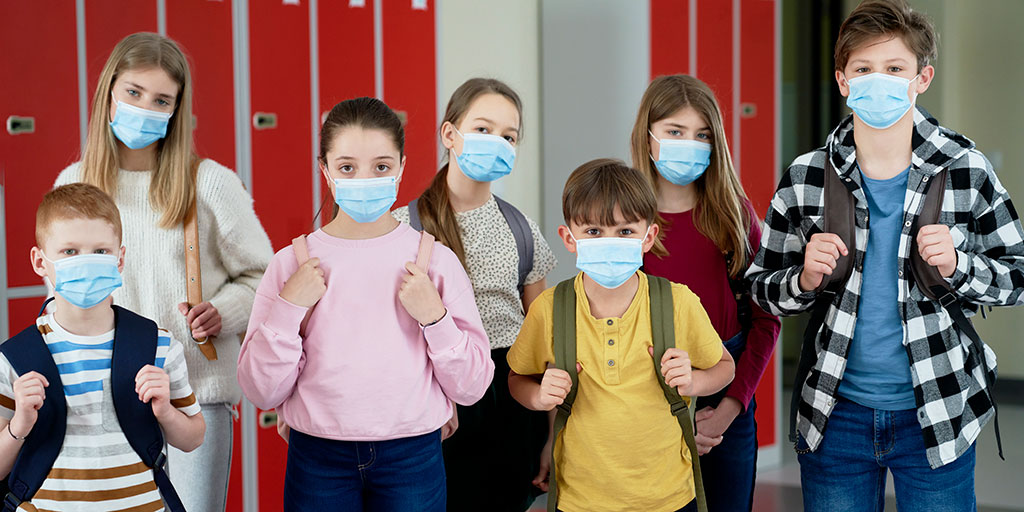This September, children across the country will be returning to school post-pandemic. Yet whilst the back-to-school advertisements might still be selling the same old durable school shoes, pinafores, and new stationery – the reality is nowhere near, school or business as usual.
Children have now spent more time off school grounds than ever. They’ve had to deal with learning from home, with parents forced to haul out their rusty English and Maths skills. Not to mention an array of comforts (or discomforts) that they will all have gotten used to, such as the closeness of family and friends, and in some cases, the fridge!
How are schools likely to respond to the upheaval and how can the activities industry best support them?
Support them with making their schools’ targets
Just a single summer holiday can reduce a child’s fitness and cardiovascular system by more than 70%. Swap 6 weeks for nearly 18 months combined piecemeal activity and laptop learning and schools may not be able to meet academic and physical activity targets on their own. Schools, PE teachers and other organisations have done their very best to keep kids active, but the reality is, at least a third of children have failed to reach those activity targets due to restrictions.
What schools need is activity providers who are willing to offer them imaginative options to help produce academic and physical targets. From teaching maths with hula hoops and bean bags to offering CPD support to teachers, physical activity simply can’t be on the back burner anymore. Senior school teams may struggle to offer all these options which is why the activities industry needs to be their shoulder to lean on.
Support them with pupil behaviour & engagement
Children have now spent a lot of time at home. Whether for better or for worse, back to school simply isn’t the back-to-school structure as previous generations have known it. Some children won’t really have experienced the structure of school yet and others will be dreading returning to the early mornings and rigidity.
Most schools are going to be looking to give children the softest landing possible. There have been recent discussions on how to work with children who may have suffered loss, experienced isolation, developed anxieties and simply need to acclimatise to being at school again. For external partners, keeping open communication with teaching staff will help you traverse this road sensitively.
It is also likely that engagement may be low because children are getting used to being able to run around with their peers again. In the classroom, the pressure of meeting academic targets might push teachers to be stricter or work at a faster pace in the classroom. A strong array of activities will help them meet those targets but it’s likely offering respite at first will help students burn off that excess energy, that could lead to distracting behaviours.
Support them with mental health programs
One of the key areas to come out of the pandemic were the glaring inequalities across families. From issues with holiday hunger stretching through term time to parents finding it difficult to juggle their work and childcare, mental health has been pushed to the front and centre of all things sport.
Sport and activity can provide a large amount of relief from the upheaval of the last 18 months. There are a myriad of options that can help develop resilience, reduce anxiety and help them with team and independent skills. In fact, there are several schools that are opting to even find out more about children’s wellbeing through the Gregson Foundation study in Manchester, which aims to map out and organise a response to lower wellbeing in British schools.
Senior teams have been inundated with having to make ad hoc decisions and a focus on dependability and longevity is going to be high on the list this coming academic year. This is the time to support schools with solutions that have those future decisions stamped on them.



